Courting Rights: Case Studies in Litigating the Human Rights of People Living with HIV
This document was researched and written by Richard Elliott, Joanne Csete, Richard Pearshouse and Glenn Betteridge of the Canadian HIV/AIDS Legal Network, with editorial input from Susan Timberlake, Law & Human Rights Adviser, UNAIDS. Richard Elliott edited the document as a whole. In some instances, some summary or commentary of particular cases has been adapted from material previously published by the Legal Network, and the original source material has been acknowledged as such. The authors wish to thank those colleagues in several countries who provided, or helped locate, additional documentation and information regarding court and tribunal decisions from a number of jurisdictions. Particular thanks are owed to Ian Malkin, German Rincon Perfetti, Debbie Mankovitz, Michaela Clayton, Karyn Kaplan, David Szablowski, Liesl Gerntholtz and Katie Gibson for their research assistance.
Foreword
Protecting, promoting and fulfilling the human rights of people living with and vulnerable to HIV remain central challenges in the global response to AIDS. Yet a “human rights based approach” to addressing HIV has too often been an empty phrase; there are few well-conceived or funded programmes designed explicitly to address the human rights abuses
faced by people living with and affected by HIV. This is so even though it is clear from more than two decades of experience that inattention to the rights of those affected by HIV undermines the effectiveness of HIV policies and programmes; and the marginalization and discrimination experienced by various groups continue to fuel the pandemic. Among others, these groups include people living with HIV, women and girls, orphaned children, men who have sex with men, sex workers, prisoners and injecting drug users. In light of this, it is urgent that there be developed tools which countries and those affected by HIV can use to make “rights-based approaches” more than just words.
National law is one tool for the protection, promotion and fulfillment of human rights. But, as this volume demonstrates, the law can either be protective of human rights or can be an
impediment to the realization of rights. Over the years, people living with or affected by HIV have sometimes enjoyed the protection of the law and at other times have had to challenge
the law in the courts to make it embody the strong human rights protections that they, like all people, deserve. This volume illustrates the ways in which litigation has succeeded—or
not—in strengthening the human rights foundations of national law. It provides examples of HIV-related litigation from all over the world in order to help legislators, jurists, advocates and policy-makers understand and use the law to the greatest advantage in response to AIDS.
The United Nations International Guidelines on HIV/AIDS and Human Rights encourages all countries to ensure that their laws are supportive to the protection, promotion and fulfillment of the human rights of people living with and vulnerable to HIV. It is our hope that the real experiences recounted in this volume and the lessons drawn from them will assist
countries in working towards the goal of national law that embodies respect for the human rights of people affected by HIV and thereby becomes a powerful tool in the response to HIV.
Joanne Csete
Executive Director
Canadian HIV/AIDS Legal Network





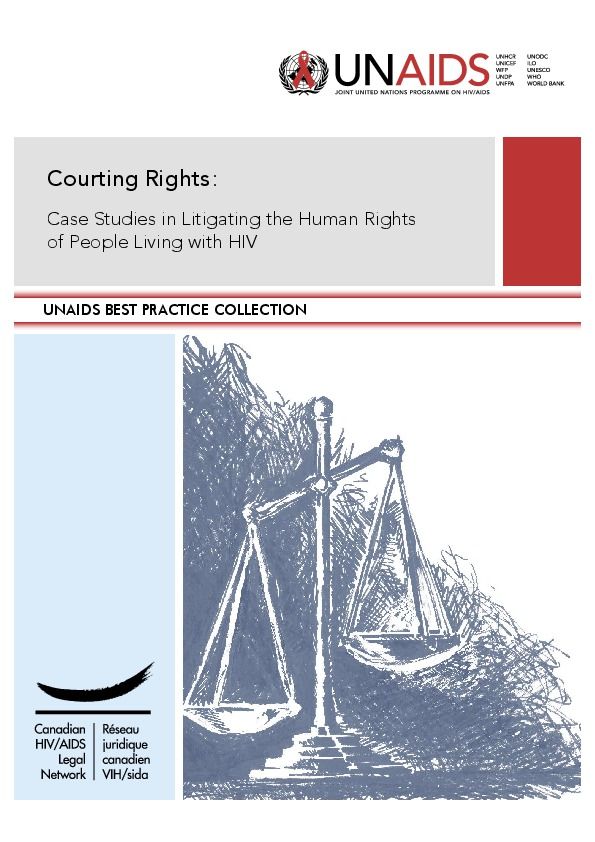
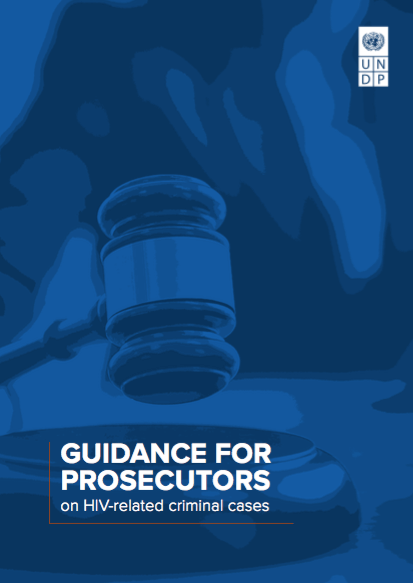 Guidance for prosecutors on HIV-related criminal cases.
Guidance for prosecutors on HIV-related criminal cases.
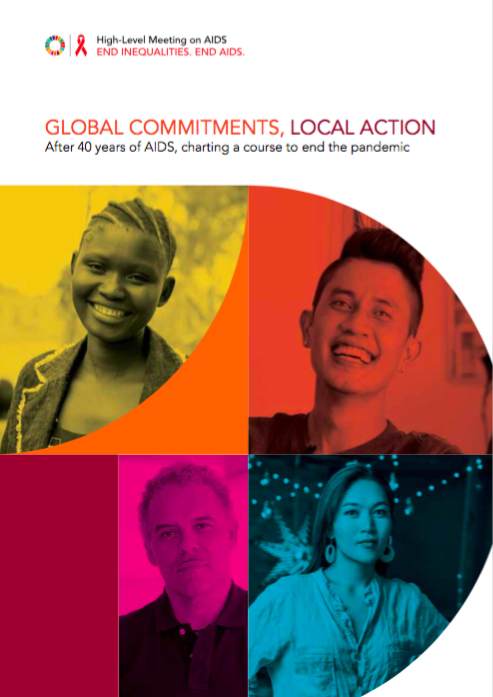 Global Commitments, Local Action. After 40 years of AIDS, charting a course to end the pandemic
Global Commitments, Local Action. After 40 years of AIDS, charting a course to end the pandemic
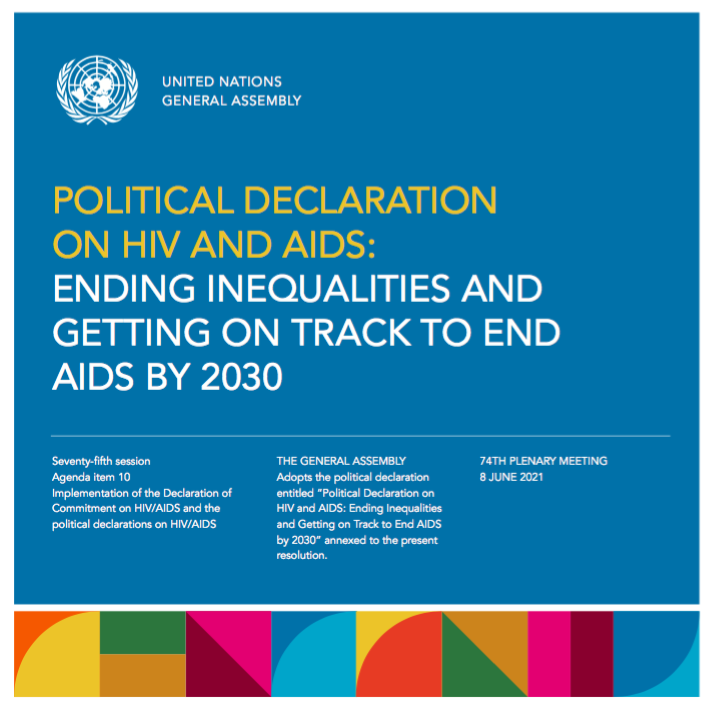 Political Declaration on HIV and AIDS: Ending Inequalities and Getting on Track to End AIDS by 2030
Political Declaration on HIV and AIDS: Ending Inequalities and Getting on Track to End AIDS by 2030
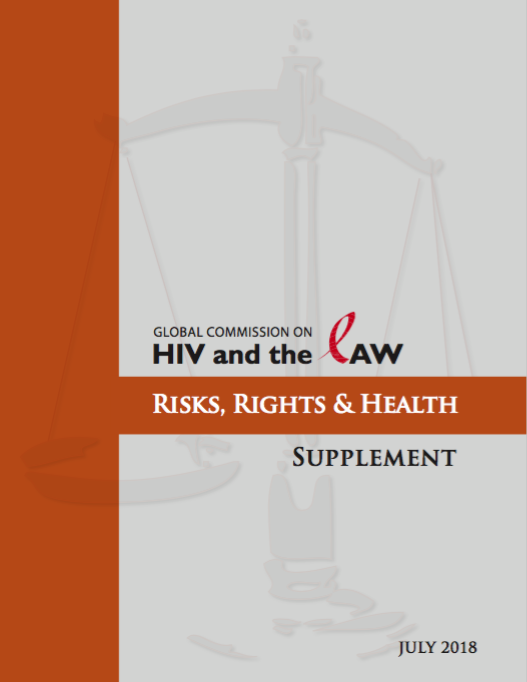 Supplement to the Report of the Global Commission on HIV and the Law “Risks, Rights & Health”
Supplement to the Report of the Global Commission on HIV and the Law “Risks, Rights & Health”